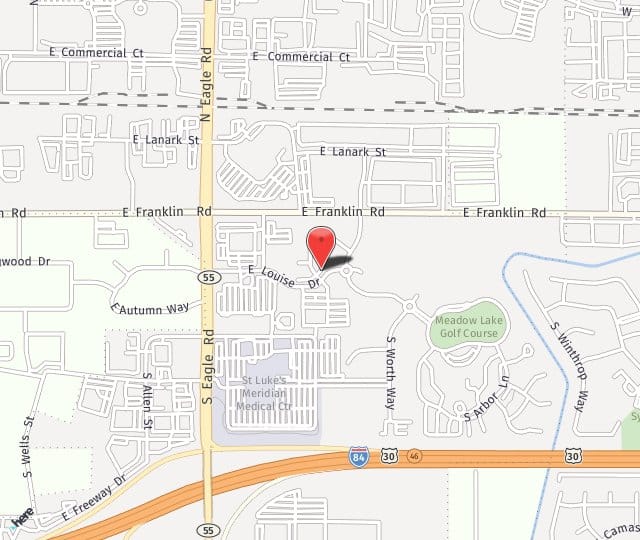New Mammogram Guidelines
Mammograms are an important part of breast cancer surveillance for women. A mammogram, however, can have a “false positive” result – that is the mammogram is read by a Radiologist as worrisome for cancer, but after further testing and even surgery, there is found to be no evidence of a problem. The U.S. Preventive Services Task Force proposes guidelines for mammograms which are updated periodically. These guidelines were updated recently and are presented below. As with all guidelines, these are recommendations and not rules. What is best for each woman should be determined by her primary care physician, breast specialist, and the patient herself.
- Most women under age 40 don’t need mammograms. Women who are at high risk for breast cancer are a special case. They should discuss a screening schedule with their doctor. Women who are at highest risk for breast cancer include those who have:
- Two first- or second-degree relatives who developed breast cancer before the age of 50
- Three first- or second-degree relatives who got breast cancer at any age
- A known gene mutation that is linked with breast cancer.
- A first-degree relative is a mother, daughter, or sister. Second-degree includes aunts and grandmothers.
- Women aged 40 to 74 should get a mammogram every two years. The task force did not find enough information to make a strong statement about more tests — such as MRI — for women at high risk.
For women 75 and older, there is not enough evidence to recommend for or against having mammograms. Although mammograms do detect more early cancers, overall survival is not improved by screening mammography.

